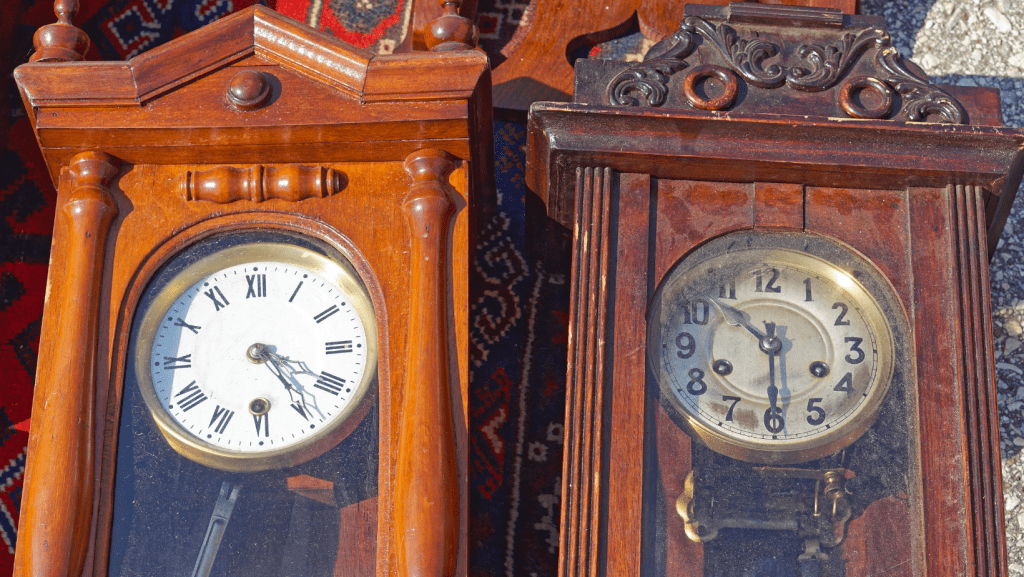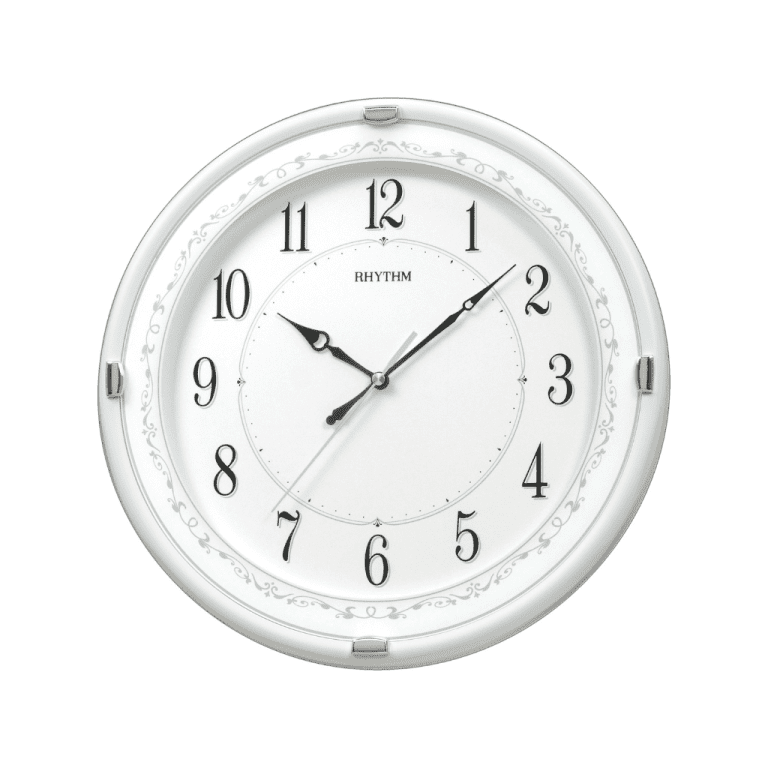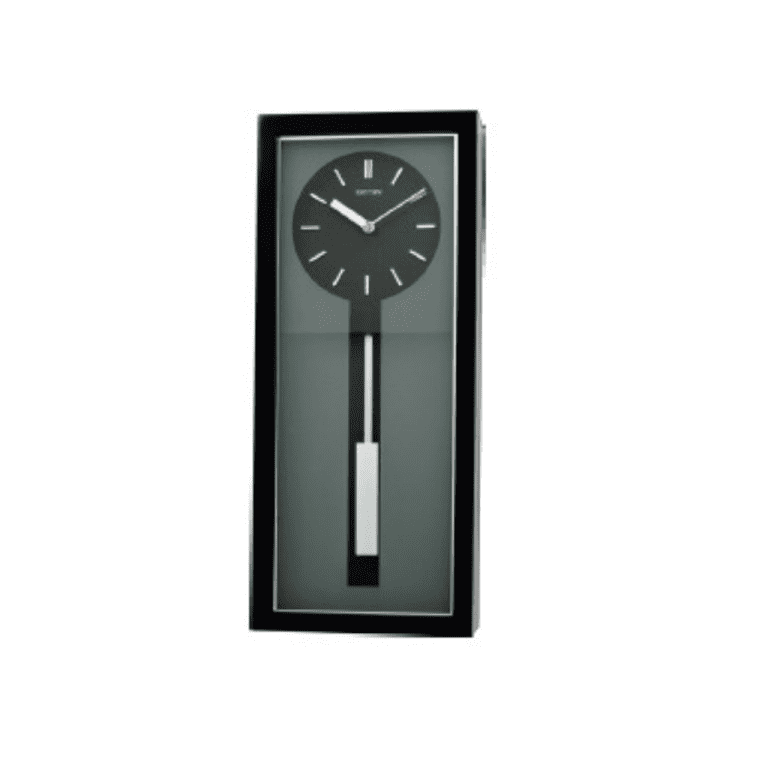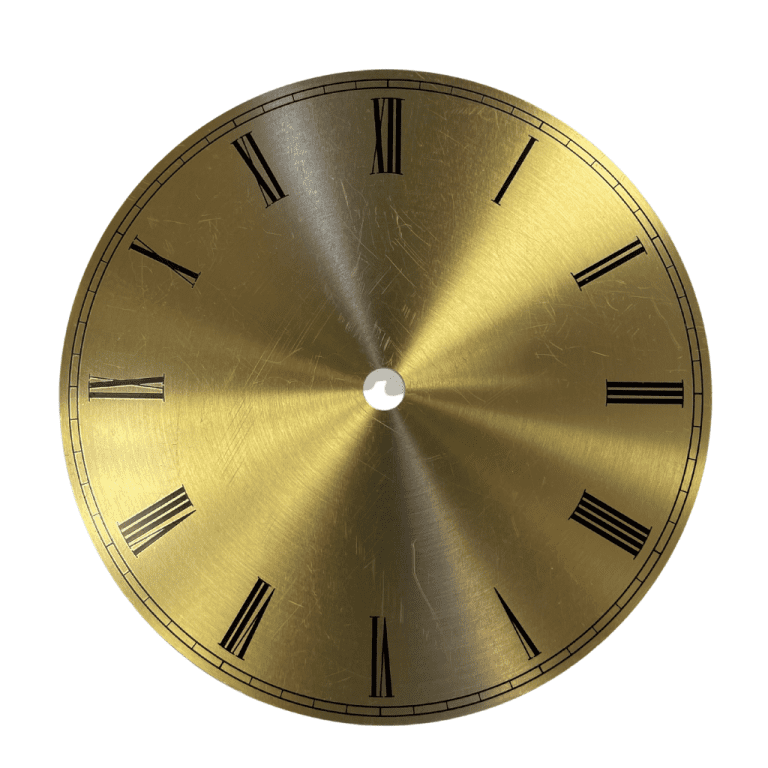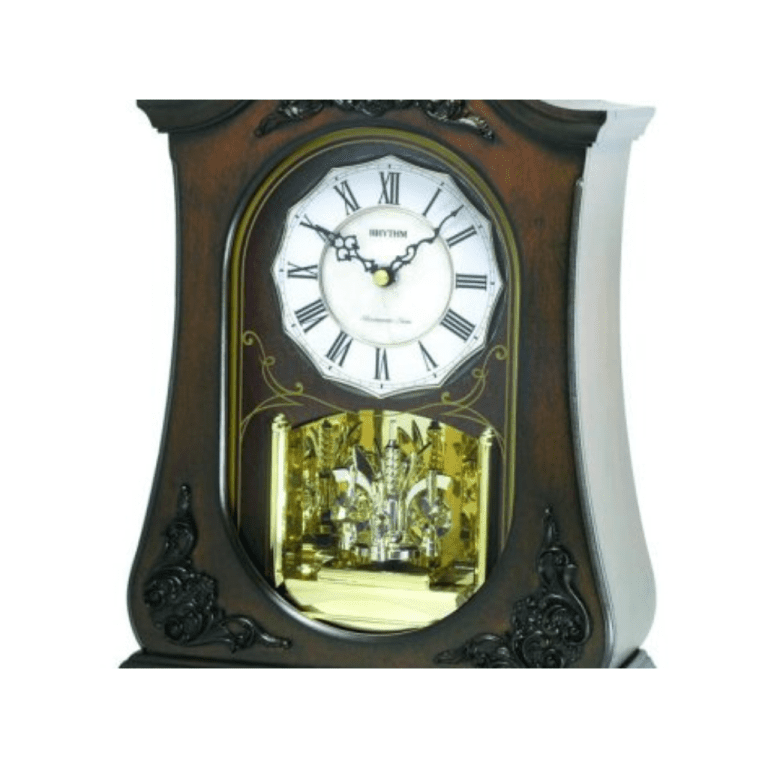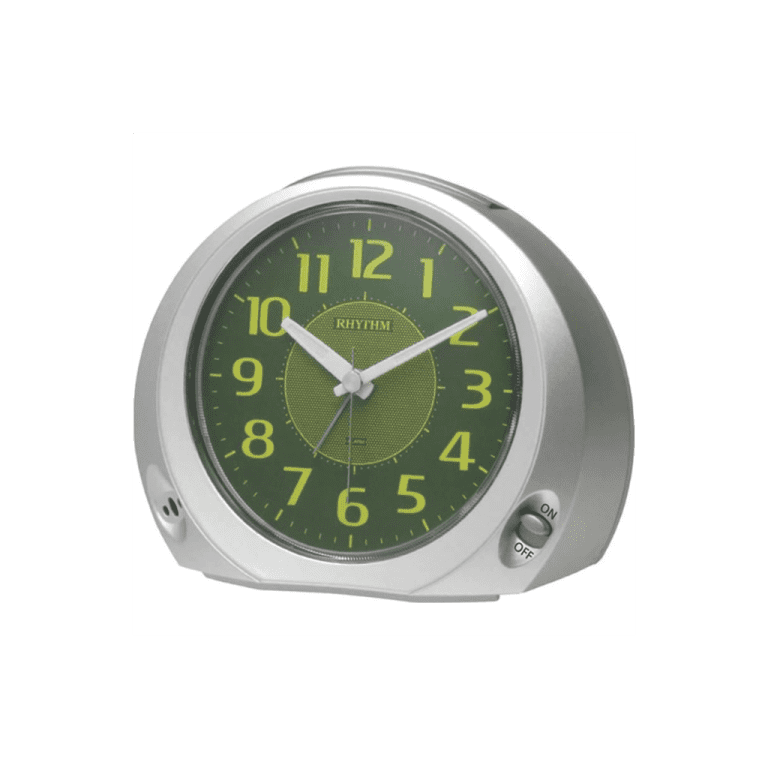In this era of smart phones, voice-controlled speakers and wireless-enabled wearable devices, the grandfather clock is an anachronism if ever there was one. While digital time displays are ubiquitous, incorporated into all manner of disposable technology devices that continue to evolve at a breakneck pace, the basic mechanics of a grandfather clock, including the weights and pendulum mechanism, have remained virtually unchanged for centuries.
Of course, needing to know the time is the worst possible reason one might have for buying a grandfather clock. A grandfather clock has almost nothing to do with telling time (even though these key-wound mechanical clocks are highly accurate even by today’s standards) and almost everything to do with the desire to own (and/or give) an objet d’art of incredible craftsmanship, unparalleled beauty and enduring value. Let’s face it: Nothing compares to the ornately carved rings of Roman numerals or the unhurried cadence of the pendulums that are hallmarks of the traditional grandfather clock.
The grandfather clock (an American term, coined in the early 1800s) describes a tall case, floor standing clock that, traditionally, was passed down from one generation to the next as a family treasure. The tradition is still alive. Indeed, today’s buyers of exquisite floor clocks oftentimes want to create an heirloom for their own family. That explains why most of our customers request a complimentary brass plate engraved with their names and the purchase date of the clock, to be permanently affixed to their purchase.
While the popularity of traditional grandfather clocks ebbs and flows, depending on the economy and any number of other factors, the market for beautiful mechanical clocks remains strong. Given the fine craftsmanship of the woodwork and the intricate German engineering of mechanical clocks, it stands to reason that high-end floor clocks such as those manufactured by Hermle, which ranks as one of the world’s oldest and most prestigious manufacturers of grandfather and grandmother clocks, will always maintain their universal appeal — and their value, as well. In recent years, the pendulum has swung back toward grandfather clocks (pun included) as a new generation of consumers comes to appreciate these masterworks and their place in history.
The average lifespan of new smart phone, a computer or virtually any other technological marvel is generally only a few years before it breaks or becomes obsolete. Some prized possessions, on the other hand, can be cherished, enjoyed and shared for many decades and even for many generations. A Steinway grand piano is a good example. A Hermle floor clock is another good example.
Home décor fads come and go. But grandfather clocks stand the test of time and are bound to always have a place in the homes of not only the rich and famous, but also the not-so-rich-and-famous. While the red oak, mahogany or maple wood casings for Hermle grandfather clocks are now cut by computer-guided machines, the clocks are still hand assembled, requiring 20 to 30 hours of work.
The classic grandfather clock consists of a split pediment, Doric columns and a finial at the center of the top. Traditionally, the most obvious difference between one grandfather clock and another was size, parquetry, and inlay. While classic styles will never look out of date, floor clocks are also fashion statements and can even be viewed as a status symbol in today’s homes. This perception continues to give rise to contemporary floor clocks with new shapes, finishes, and sizes. Some of these clocks, such as the Hermle Parker grandfather clock and the Charlotte round top floor clock in walnut, are incredible museum quality pieces that would impress in any home or office.
While grandfather clocks remain a category staple, younger consumers often gravitate toward more modern variations on the theme. Our collection of Hermle floor clocks includes a variety of styles, including some models that were introduced only recently. Contemporary floor clocks offer clean simple lines to coordinate with any modern design scheme. These styles create a unique and striking focal point and make a dramatic statement — one that transcends the passage of time and may even connect one generation to the next — in any living area or open space.
Credited to:https://timelyandtimeless.com/

